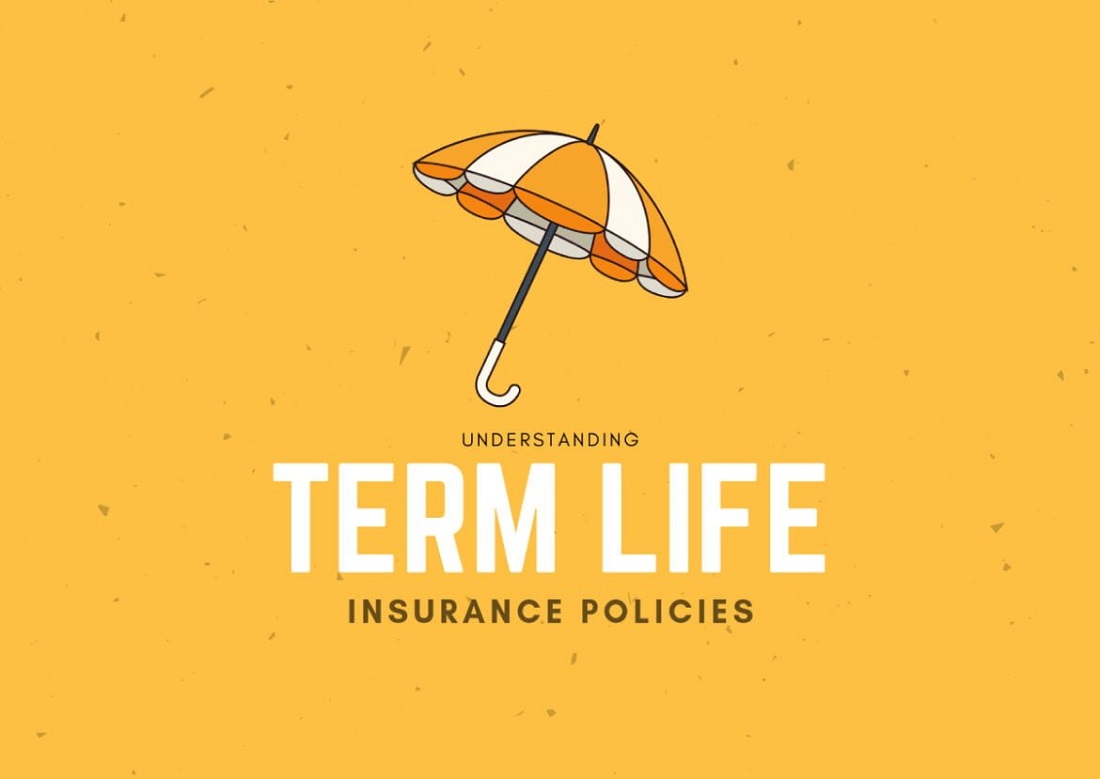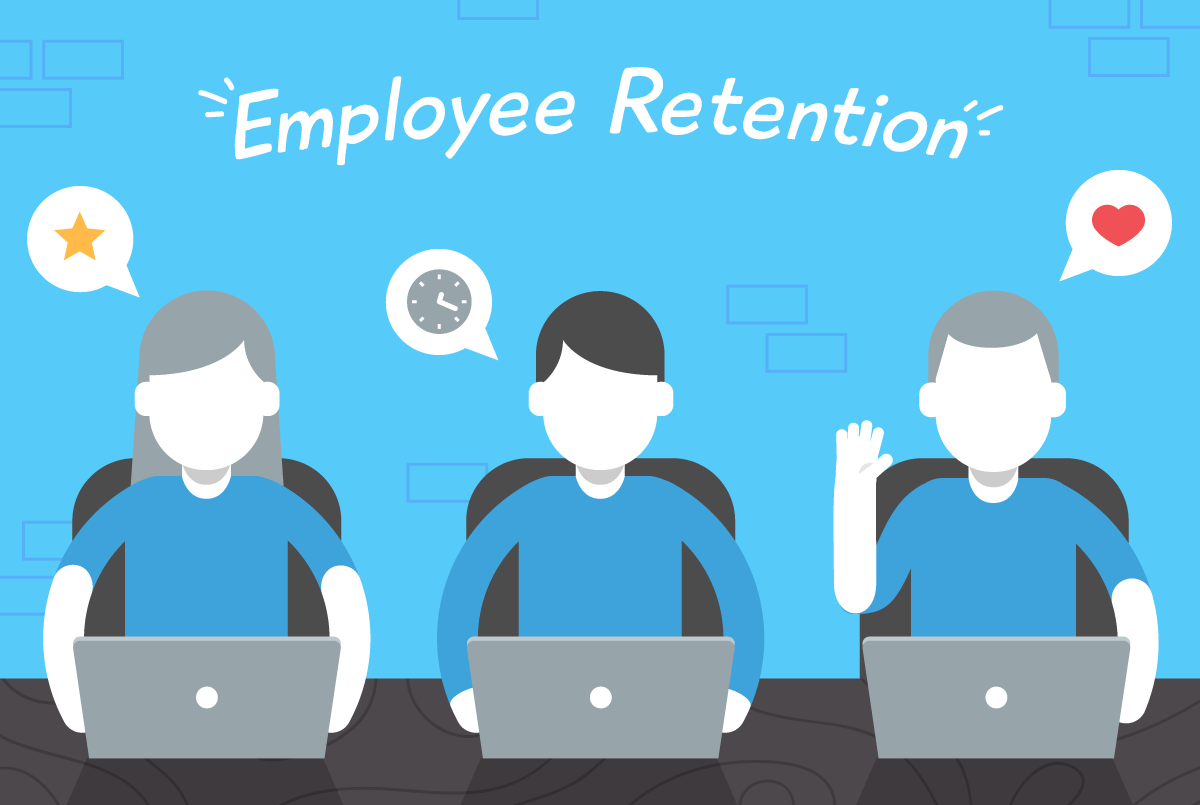APR stands for “annual percentage rate”. In terms of credit cards , this is the base rate used to calculate the amount of interest you will pay on any balance in future billing cycles.
Each credit card has an APR which varies for each person with that card. Your rate is determined through your credit score / report. And if you have a good credit score, your APR may be lower than a poor credit score.
How APR works
The short answer: it depends on how you use your card.
If you pay your entire balance every month, your APR won’t affect you at all because you’re not borrowing money from a lender.
But if you carry a debt to the next billing cycle, you will have to pay interest on that debt every day after the due date. Your credit card APR is how they calculate that interest.
To do this, your credit card company divides your APR by the number of days in a year. This gives them what is known as the “Periodic Daily Rate” or the amount of interest they charge you each day past the balance due date.
It is important to note that an APR of 24 percent is above average. Here’s what constitutes a good credit card APR.
What is a good APR for a credit card?
Most credit card APRs are variable, which means they fluctuate based on a standard rate set by another organization. In the case of APRs it is usually the Prime Rate, which is the interest rate that banks provide to their best customers (the prime rate fluctuates according to the interest rate set by the Federal Reserve).
This means that an excellent APR is the one closest to the Prime Rate (which would be the lowest).
The national average for credit cards is around 15 percent according to the Federal Reserve. So many would consider anything less than “good”. Here’s a breakdown of how the different hypothetical rates might affect you assuming a steady balance and monthly minimum payment:
Most importantly, a lower APR is always better. Here are some additional things to consider when comparing APRs for different credit cards.
5 different types of APR your credit card usually has
The APR we have discussed so far is what is known as the buying APR. This is the APR used to calculate the interest on any purchase you make that is not paid on time.
However, credit cards often have more than one type of APR associated with them, each of which serves a different purpose.
Introductory APR
Introductory APRs are generally offered as a promotion to get you to sign up for a new card. It will typically be lower than your regular rate (this is where you’ll see a zero percent APR) and only lasts for a certain amount of time after you first sign up for the card.
APR balance transfer
The balance transfer APR is the interest rate applied to any balance that moves from one card to another. Sometimes they have a promotional period associated with them like an introductory APR would.
Cash Advance APR
This is the interest rate applied to all cash withdrawn from an ATM with your credit card. It is usually higher than your purchase APR and typically applies to convenience checks as well.
APR penalty
This is the interest rate applied to any violation of the Terms of Service. It is usually the highest of all your APRs and is also applied when you wait more than 60 days to pay a balance.
Fixed and variable APR
Most credit cards have varying purchase APRs. However, some credit card APRs remain fixed, which means that the interest payments will be the same for a certain period. That said, it doesn’t mean the rate will never change, it just means your credit card issuer will likely need to contact you before they do.
Fixed APRs are not common and often coincide with promotional / introductory offers.
How to get the best APR on a credit card
The best APR is the one you don’t use. Not only because it saves you from paying interest, but also because it could help you improve your credit (which, in turn, improves the APR for which you qualify).
Here are some additional tips to reduce the APR you are eligible for:
Improve your credit score
Since your credit card’s APR is partly affected by your credit score, the more you improve it, the lower the APR will be. Keep in mind some simple ways to improve your credit score.
Make payments on time
If you pay your credit card bill on time, you will avoid paying interest at all. But you will also reduce the amount you will pay if there is a day you need to carry a balance as well.
This is because your payment history is 35 percent of your credit score. A long track record of paying bills on time could help you improve it.
Credit card companies also look into it to determine what your APR should be.
Reduce the use of credit
It’s a general rule of thumb that keeping credit usage below 30 percent will help improve your credit score. However, some studies show that people with the best credit scores keep their usage below 10 percent. Either way, it’s best to cut back, then focus on reducing credit usage.
A quick and easy way to do this is to increase the credit limit on existing cards.
Monitor your credit report
Sometimes bad credit isn’t your fault. It is not unusual for things that negatively affect your credit to appear in your report without your knowledge.
That’s why you should regularly check for negative activity that could negatively impact your credit (and APR). The good news is that checking your credit report is easy (and free).
Open one loan or credit card at a time
Although it is temporary, opening multiple lines of credit at the same time can negatively affect your credit score.
For example, if you take out a mortgage and open a credit card in the same month or apply for three new credit cards at the same time, you could significantly reduce your score, especially if you don’t have a long history of over time payments.
It’s always best to open one line of credit at a time to prevent your credit score from dropping too much (and your APR from skyrocketing).
Raising your credit score so that you qualify for a better APR won’t happen overnight, but you can get by with the right job. Not to mention, the total benefit you will see in your financial life is significant. So, here are six more ways to improve your credit score.






